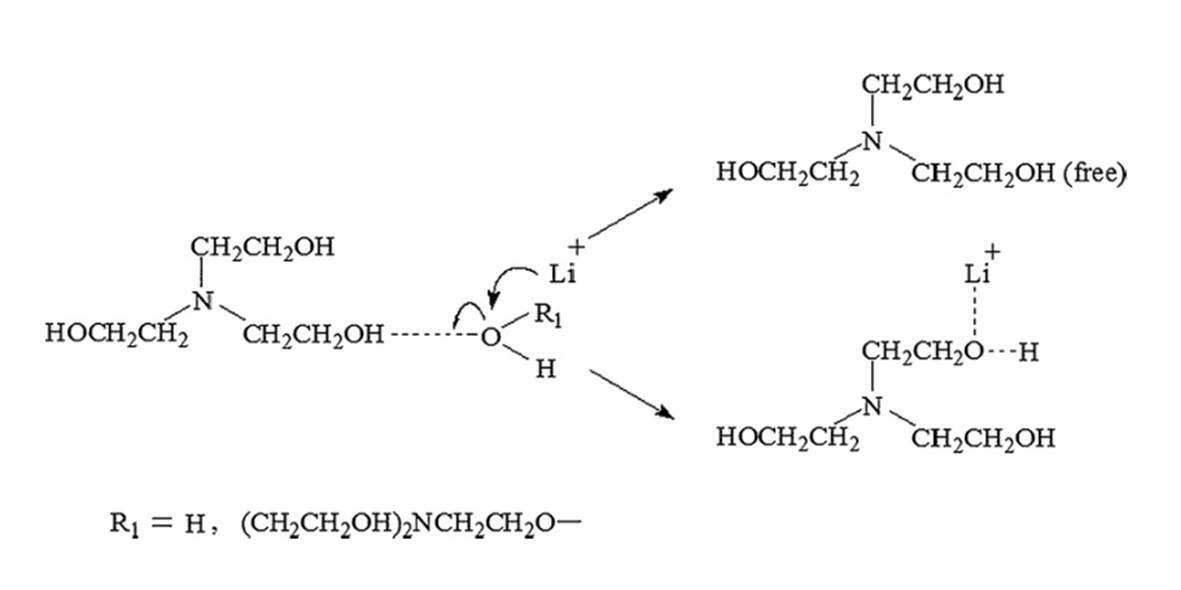Study on a Novel Polyester Composite Nanofiltration Membrane by Interfacial Polymerization. II The role...
Citation
BeiBei Tang, Cheng Zou, and Peiyi Wu*. Study on a Novel Polyester Composite Nanofiltration Membrane by Interfacial Polymerization. II. The Role of Lithium Bromide in the Performance and Formation of Composite Membrane. J. Membr. Sci. 2010, 365, 276-285.
Abstract
Composite membranes were prepared by interfacial polymerization of trimesoyl chloride (TMC) with (i) triethanolamine (TEOA), and (ii) N-methyl-diethanolamine (MDEOA) on addition of various contents of LiBr in aqueous phase. The influence of LiBr in aqueous phase on the composite membrane performance and surface morphologies was investigated. For monomer TEOA, the pure water flux of composite membrane enhanced as the LiBr content increased and it reached a maximum at 3% of LiBr, then decreased. However, the extreme value of the salt rejection functioned with the content of LiBr changed to 1% (a turning point), at which the membrane displayed a lowest salt rejection. The change in performance of the composite membrane with the content of LiBr was due to the competition of two factors. One was the interaction of Li+ ion with the hydroxyl oxygen atom of alcohol amine, which could induce an increase in the density and reactivity of OH groups in the aqueous phase, forming a dense skin layer of the composite membrane as a result. The other factor was the complexation of Li+ ion with the carbonyl in TMC, causing the acid chloride group of TMC preferring to hydrolyze which could induce to construct a hydrophilic and loose surface layer. The role of LiBr in the formation of the composite membrane was further testified by investigating another monomer MDEOA. The analysis of the composite membrane formation in the presence of LiBr was validated by reaction coefficient, contact angle, streaming potential, SEM, and AFM.


